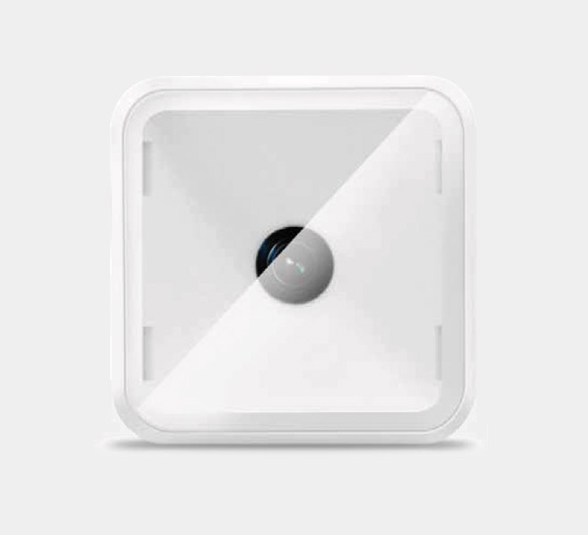In the fast-paced and ever-evolving landscape of healthcare, patient safety remains a top priority for medical professionals. The integration of cutting-edge technologies plays a crucial role in enhancing patient care and minimizing potential risks. One such advancement making waves in medical settings is the use of mini 2D barcode scanners. This blog explores how these compact yet powerful devices contribute to patient safety and streamline healthcare workflows.
Patient safety has come a long way, with healthcare providers continually seeking innovative solutions to reduce errors and enhance the overall quality of care. Mini 2D barcode scanners have emerged as a valuable tool in this pursuit, offering a multifaceted approach to improving patient safety.
Mini 2D barcode scanners are handheld devices equipped with advanced imaging technology capable of decoding two-dimensional barcodes. These compact scanners are designed to be portable and user-friendly, making them ideal for integration into various medical settings. The technology allows healthcare professionals to quickly and accurately capture critical information from patient wristbands, medication labels, and medical records.
One of the key areas where the mini 2D barcode scanner shines is in medication administration. By scanning barcodes on patient wristbands and medication labels, healthcare providers can ensure the "Five Rights" of medication administration: the right patient, right drug, right dose, right route, and right time. This not only reduces the risk of medication errors but also enhances the efficiency of the medication administration process.

Accurate patient identification is fundamental to delivering safe and effective healthcare. Mini 2D barcode scanners enable healthcare professionals to quickly and reliably verify patient identity by scanning unique barcodes on patient wristbands. This streamlined identification process reduces the likelihood of errors and helps ensure that patients receive personalized care tailored to their specific needs.
Integrating mini 2D barcode scanners with electronic health records (EHRs) further contributes to patient safety. By scanning barcodes on patient charts and records, healthcare providers can access and update information in real-time, reducing the reliance on manual data entry and minimizing the risk of transcription errors. This seamless integration enhances the accuracy and completeness of patient information, ultimately leading to improved patient outcomes.
The integration of mini 2D barcode scanners in medical settings represents a significant step forward in prioritizing patient safety. These compact devices not only enhance medication administration and streamline patient identification but also contribute to the overall efficiency of healthcare workflows. As healthcare continues to embrace technological advancements, mini 2D barcode scanners stand out as a valuable tool in the quest to provide safer and more effective patient care. By putting patient safety first and leveraging innovative solutions, healthcare professionals can create a more secure and reliable environment for their patients.